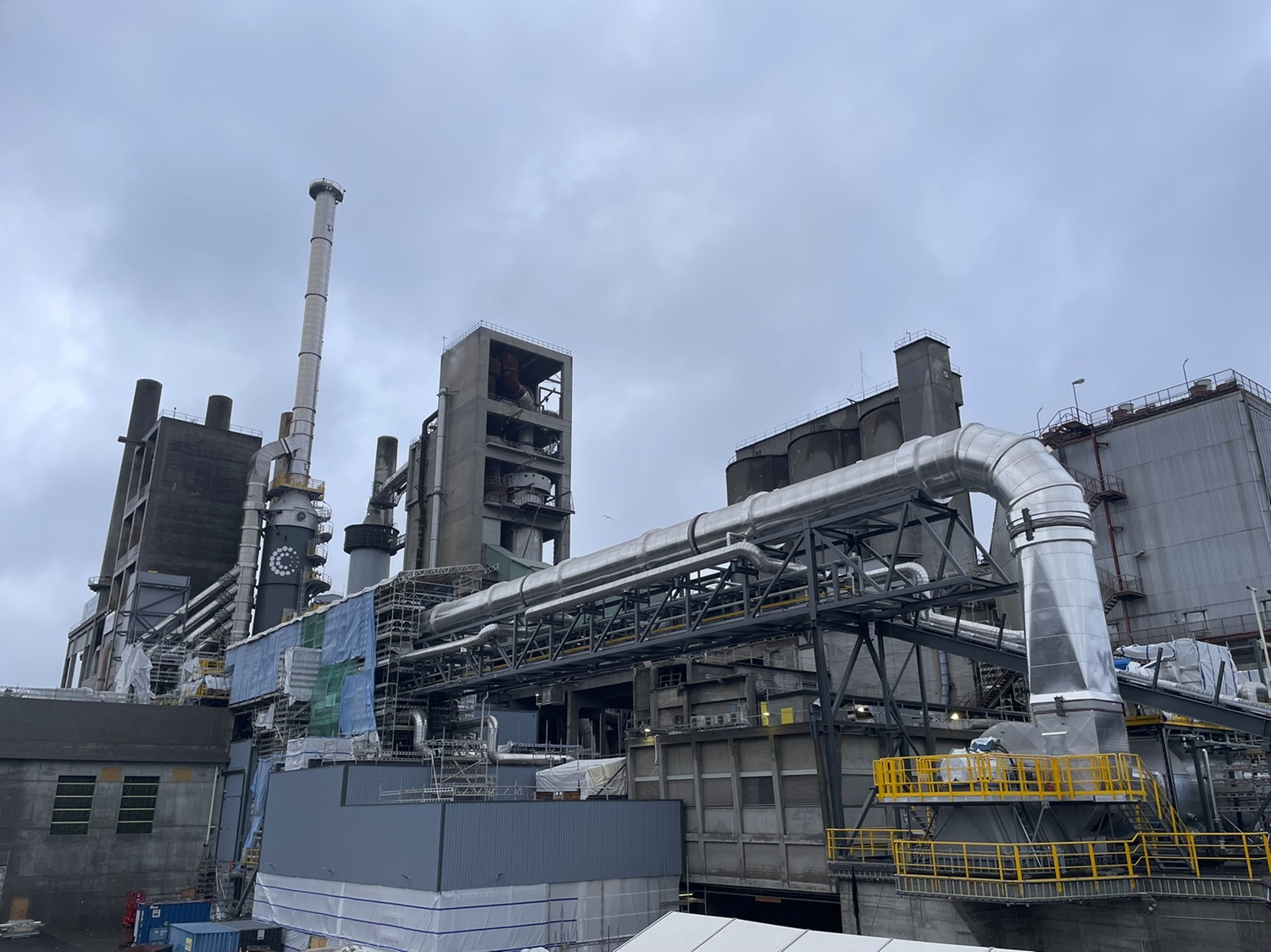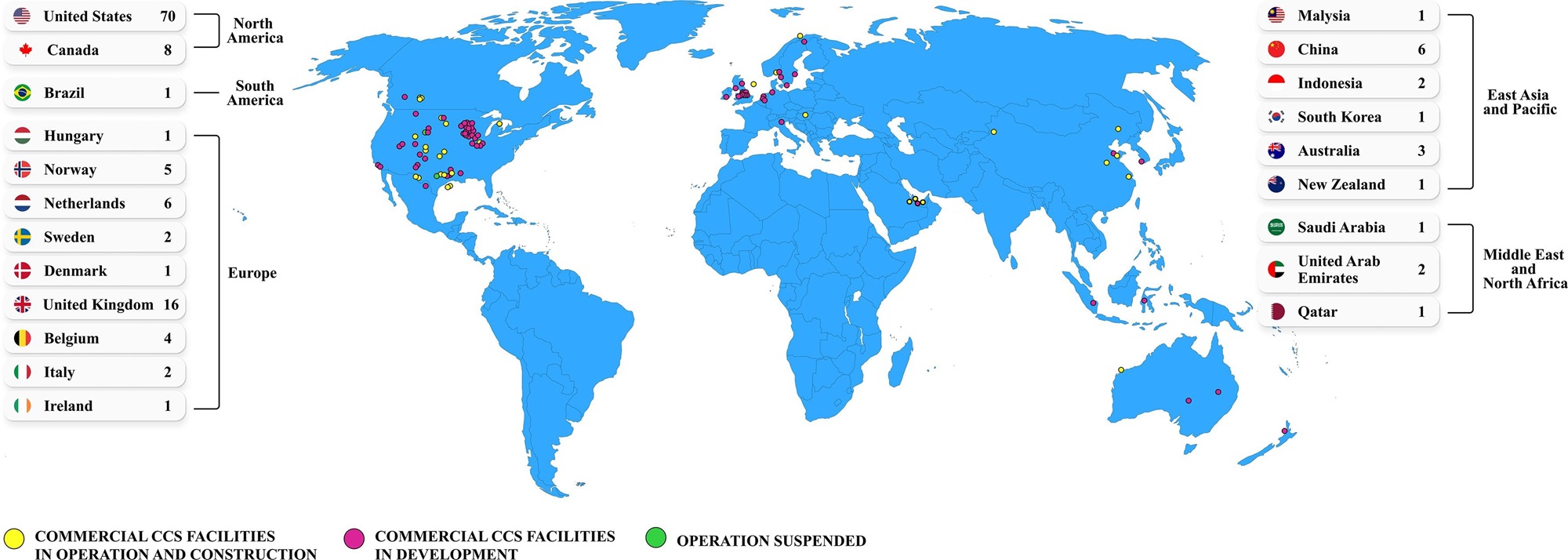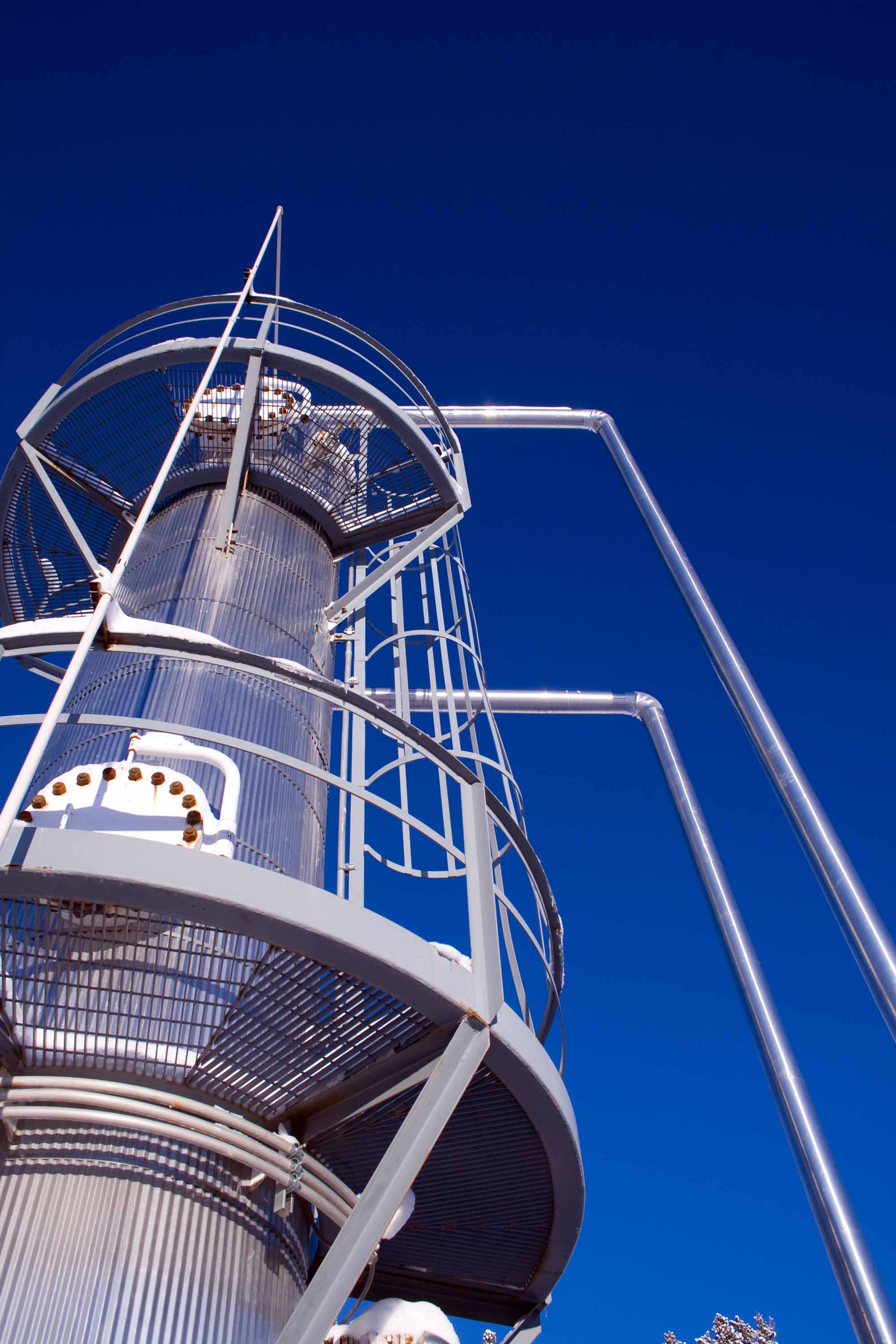Carbon capture and storage (CCS) is a type of carbon dioxide removal (CDR) technology used to prevent carbon dioxide from entering the atmosphere. In Canada, it is primarily associated with the oil and gas sector, and is promoted by the fossil fuel industry and some politicians as a carbon dioxide emissions management technology. However, this technology is highly controversial. Critics highlight its high cost, safety risks, inefficiency and connection to fossil fuel production. As of 2024, there were about 50 carbon capture projects operational around the world, several of which are in Canada.

Terminology
Carbon capture is a common short-form term used to describe several different technologies. It is one of several types of carbon dioxide removal (CDR) technologies currently in use or in development.
Carbon capture typically refers to capturing carbon dioxide emissions from industrial sources, such as a cement plant or oil refinery, but it can also refer to different and separate technologies that remove carbon dioxide directly from the air. These systems are called Direct Air Capture (DAC).
Most carbon capture systems store the captured carbon dioxide underground in geologic formations. This is normally called Carbon Capture and Storage (CCS). However, in some cases, the stored carbon dioxide is then used to perform another task. In cases where the carbon dioxide is used and stored, this is termed Carbon Capture Utilization and Storage (CCUS).
The most common application for utilized stored carbon dioxide is for a process called Enhanced Oil Recovery (EOR), wherein carbon dioxide is injected underground into otherwise derelict oil wells to push any remaining oil out of the well. This can extend the useful life of an oil well for decades longer than what is otherwise possible. Over 70 per cent of CCUS projects are used for EOR, and EOR was one of the first applications of carbon capture, which has led many people to use the two terms interchangeably.

History
The technology for capturing carbon dioxide to separate it from other saleable gases, such as methane found in natural gas reservoirs, dates back to the 1920s. The idea that carbon dioxide could be captured by technology before it enters the atmosphere (where it contributes to the greenhouse effect) can be traced to 1977. The idea that captured carbon dioxide could be injected into oil wells to increase a well’s productivity dates back to the 1970s, and was first demonstrated in Texas, United States.
Benefits and Criticisms
Advocates argue that carbon capture is a necessary technology for nations and industries seeking to decarbonize (i.e., lower annual carbon dioxide emissions with an aim to eliminating them entirely). Proponents of carbon capture argue that eliminating carbon dioxide emissions entirely from certain industrial activities — like cement plants, steel foundries or oil refineries — is particularly difficult, and that carbon capture is the only way to permit these industrial activities to continue while working to reduce carbon emissions.
Critics argue that the technology has a long history of underperforming. Specifically, they note that capture rates have often been exaggerated to appear far higher than what is normally achieved. They also note that throughout the technology’s history, between 80 and 90 per cent of all the carbon dioxide that has been captured has been used for Enhanced Oil Recovery (EOR) projects. Over 70 per cent of currently operational carbon capture projects today are used for EOR. Critics also note that while carbon capture may reduce emissions at an oil refinery, if it is ultimately being used to produce combustible energy sources derived from fossil fuels (such as gasoline), then its environmental benefits are negligible. Companies have made claims that their products are carbon neutral due to the use of carbon capture without considering these emissions, leading to accusations of greenwashing. Environmentalists have also pointed out that, because carbon capture is often subsidy-dependent and costs tens of billions of dollars to develop, it is a more effective use of public resources to spend money building new renewable energy infrastructure to transition away from using fossil fuels for heat, energy or electricity.

Other critics are concerned about the safety of these projects. Carbon dioxide is an odourless, tasteless and invisible asphyxiating gas that can be lethal if accidentally released in concentrated form. Carbon capture projects often have to transport concentrated carbon dioxide from the source of the emissions to the location in which the carbon dioxide will be stored.
Did you know?
When a carbon dioxide pipeline ruptured near the small Mississippi community of Satartia in February 2020, the community had to be evacuated and nearly 50 people had to be treated in hospital. Because concentrated carbon dioxide displaces oxygen, the engines of ambulances and fire trucks responding to the disaster cut out en route, stranding them and further complicating the rescue effort. First responders were unfamiliar with mass carbon dioxide poisoning and didn’t know what they were dealing with, describing victims as appearing like zombies.
Carbon Capture Projects in Canada
As of 2025, there were five commercial-scale carbon capture projects operating in Canada. Some of the largest include Shell Canada’s Quest CCS, Alberta Carbon Trunk Line and Boundary Dam Carbon Capture Project
Shell Canada’s Quest CCS captures carbon dioxide from the production of hydrogen. This project has received criticism, as an investigation published in 2022 determined that the facility produced more emissions than it captured.
The Alberta Carbon Trunk Line is currently the largest system operating in Alberta. It opened in 2020 after more than a decade in development, with funding from the governments of Canada and Alberta. The system cost $1.2 billion to build and uses captured carbon dioxide for EOR.
Boundary Dam Carbon Capture Project is a coal-fired power plant in Saskatchewan that was retrofitted at a cost of $1 billion to include carbon capture. A study published in 2024 found that this carbon capture project had a capture rate of 57 per cent over nine years despite claims that it would have a capture rate of 90 per cent. The facility uses its captured carbon for EOR.


 Share on Facebook
Share on Facebook Share on X
Share on X Share by Email
Share by Email Share on Google Classroom
Share on Google Classroom



